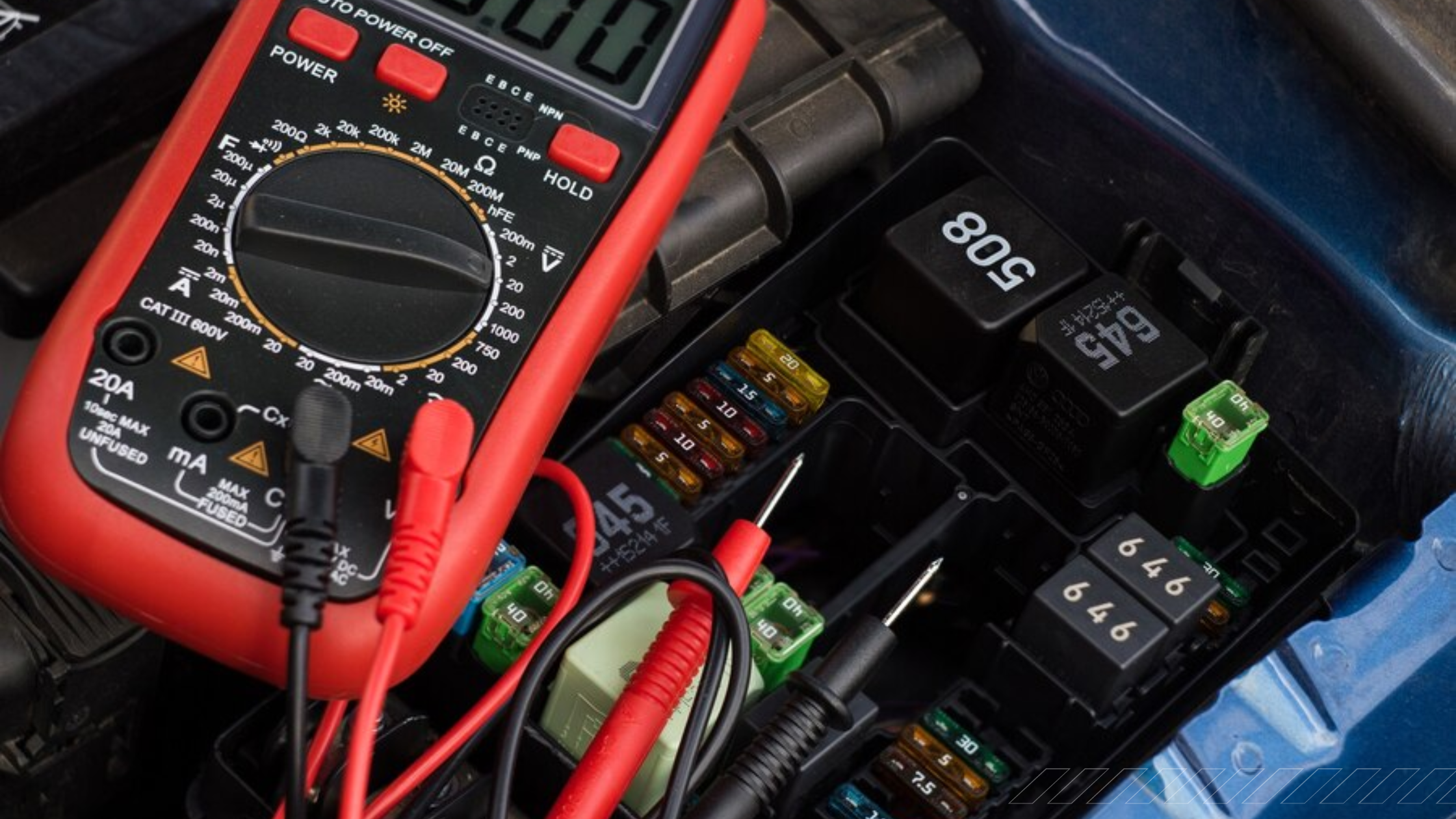Understanding the Difference Between AC and DC Drives
In the world of electric motors, two prominent types of motor drives are widely used: AC drives and DC drives. Understanding the differences between these two drive systems is crucial for engineers, technicians, and anyone working with electric motors.
In this blog, we will delve into the key characteristics, applications, and advantages of AC and DC drives, enabling you to make informed decisions when it comes to selecting the appropriate drive system for your specific needs.
AC Drives:
AC drives, also known as variable frequency drives (VFDs) or inverters, control the speed and torque of AC motors. These drives convert the incoming AC power supply to DC and then invert it back to AC with variable voltage and frequency. The primary components of an AC drive include a rectifier, DC bus, inverter, and control unit.
Here are some key features of AC drives:
1. Wide Applications
AC drives are versatile and suitable for a wide range of applications, including pumps, fans, conveyors, HVAC systems, and machine tools. They are widely used in industries such as manufacturing, oil and gas, water treatment, and more.
2. Energy Efficiency
AC drives enable precise control of motor speed, allowing the motor to operate at optimal efficiency levels. By adjusting the motor speed according to the load requirements, AC drives can significantly reduce energy consumption and lower operating costs.
3. Speed Control
AC drives provide excellent speed control over a broad range, allowing for smooth acceleration and deceleration. This feature is particularly advantageous in applications where precise speed control is required, such as robotics or conveyor systems.
4. Regenerative Braking
AC drives offer regenerative braking capabilities, meaning they can recover energy during deceleration and feed it back into the power supply. This feature improves overall system efficiency and reduces energy wastage.
DC Drives:
DC drives, also known as variable speed drives (VSDs) or thyristor drives, are designed to control the speed and torque of DC motors. These drives regulate the power supplied to the motor by adjusting the voltage and current levels. Here are some key features of DC drives:
1. Precise Speed Control
DC drives offer precise speed control, making them ideal for applications that demand accurate and consistent motor speed. Industries like paper and textile manufacturing, cranes, elevators, and printing often employ DC drives for their speed control capabilities.
2. High Starting Torque
DC drives provide high starting torque, making them suitable for applications requiring heavy load starts or high torque at low speeds. Examples include conveyor systems, rolling mills, and crushers.
3. Simple Design
DC drives have a relatively simpler design compared to AC drives, making them easier to understand, troubleshoot, and maintain. They typically consist of a rectifier, chopper, DC motor, and control unit.
4. Dynamic Response
DC drives offer excellent dynamic response, allowing for rapid changes in motor speed and torque. This characteristic makes them well-suited for applications requiring quick acceleration and deceleration, such as electric vehicles or robotics.
Conclusion:
Both AC and DC drives have distinct features that make them suitable for specific applications. AC drives are versatile, energy-efficient, and offer excellent speed control, whereas DC drives excel in precise speed control, high starting torque, and rapid dynamic response.
When selecting between AC and DC drives, factors such as application requirements, load characteristics, speed control precision, and system complexity should be carefully considered. Consulting with experts and conducting a thorough analysis of your specific needs will help you make an informed decision and optimize the performance of your motor-driven systems.







